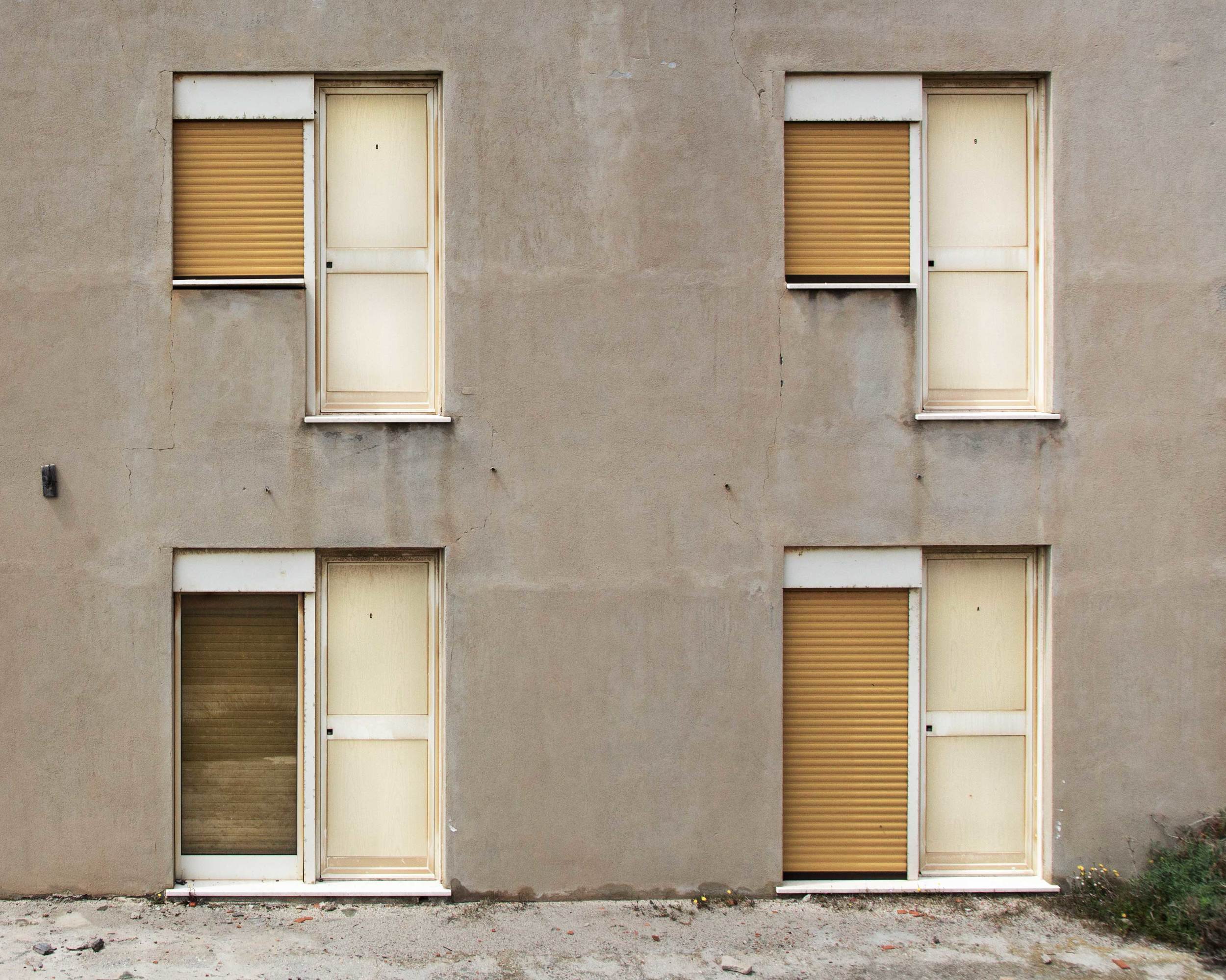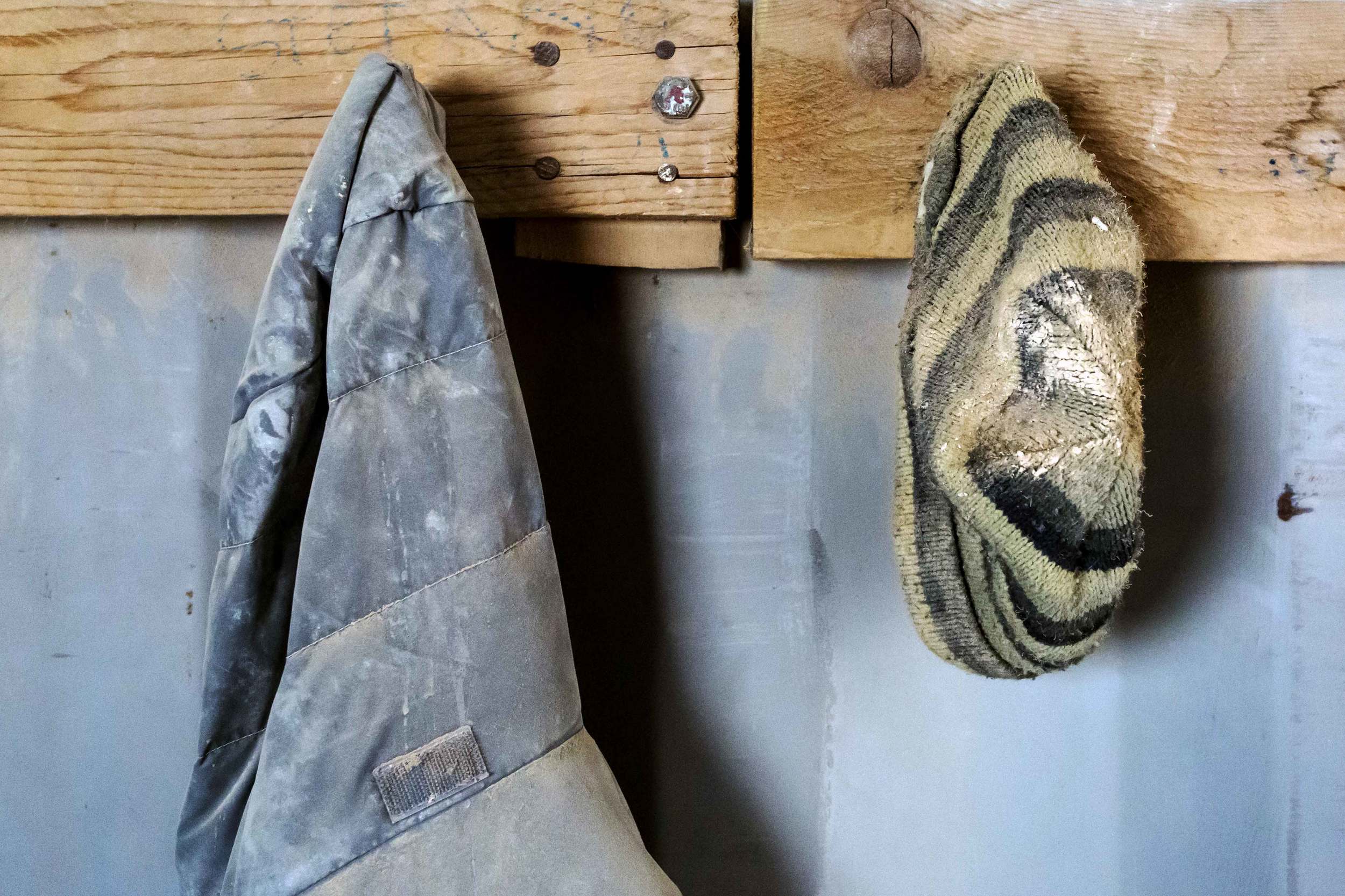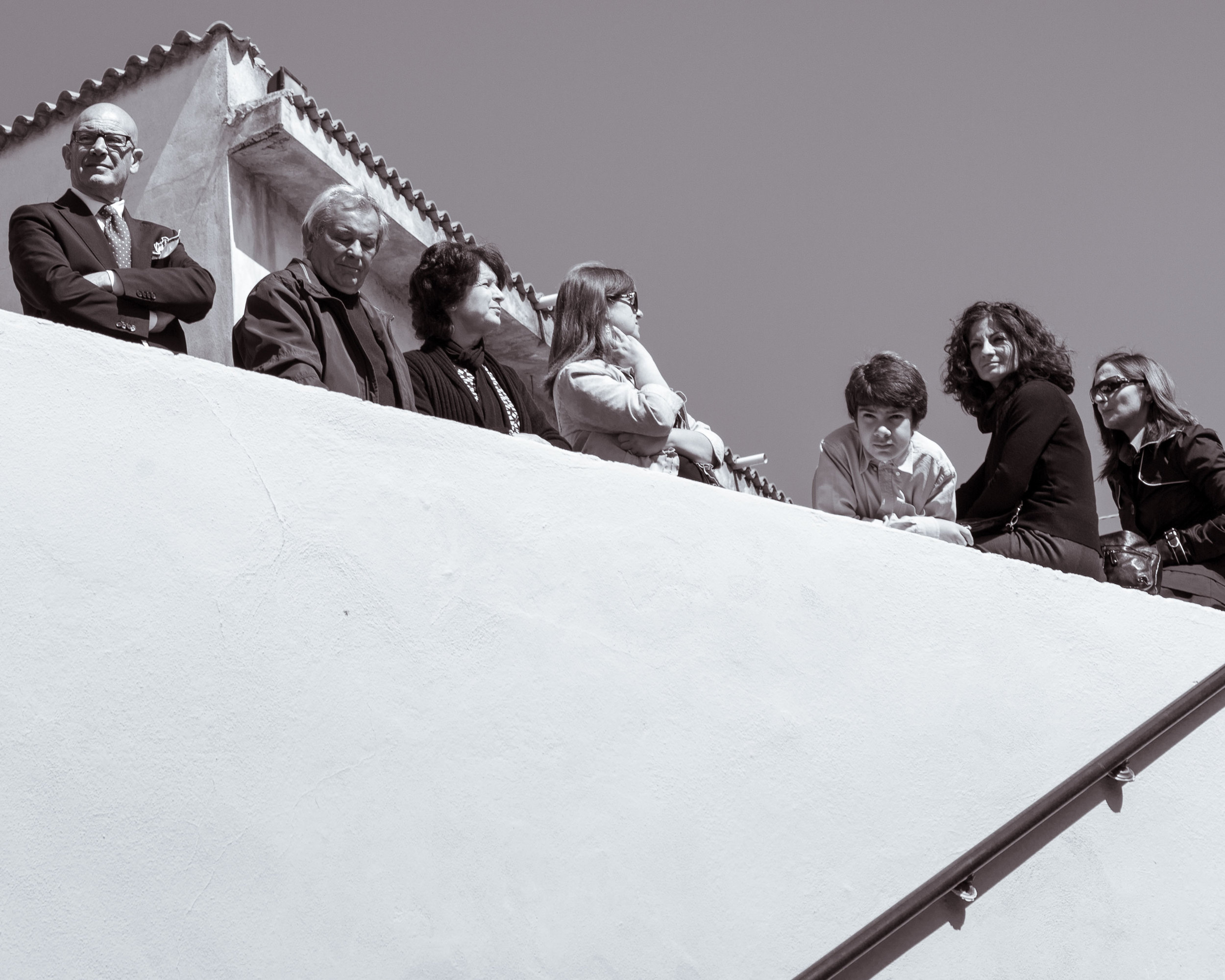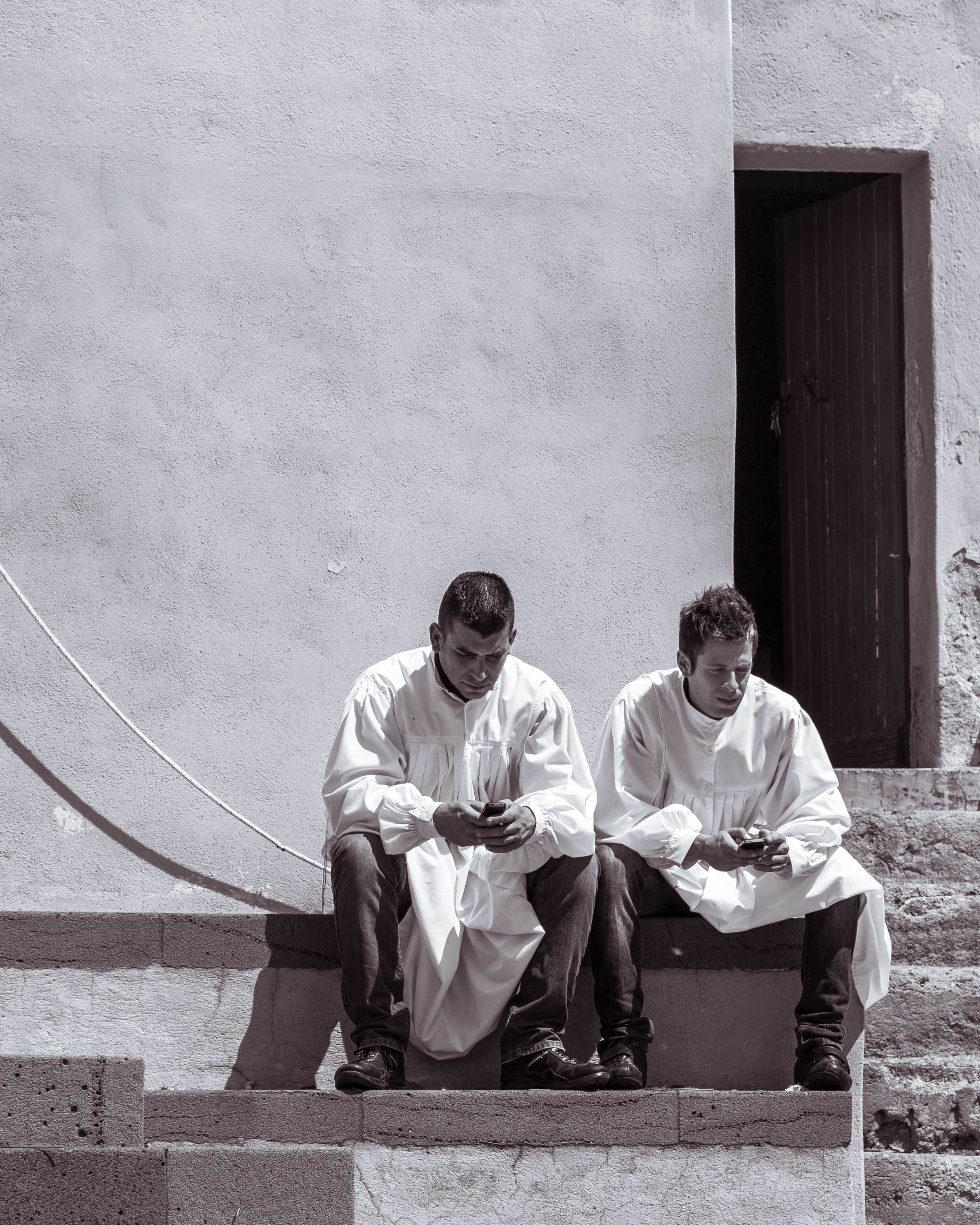My photograph "Hogsmill Valley (26th November 1977)" has been accepted to show at this year's Royal Academy of Arts Summer Exhibition. Here is, after a fashion, the story of how the picture was made. A recorded version can be found here if listening is your preference.
So there I was, standing on a stepladder in the middle of a river, just levelling the camera and tripod. There was this furtive rustling from the river bank, from the bushes, so I turned my head carefully because when you’re wearing gigantic waders, up a step ladder, in the middle of a river with someone’s else’s camera, that’s what you do. No sudden movements.
A man dressed in orange joggers is staring at me and he says “Are you in trouble?” “Not yet,” I said, “but thanks”. He ran off.
So what was I doing standing in a river on a winter’s morning when I should have been in bed? Here’s the story. It starts with the death of both of my parents and my realisation that the memories they had of me as a child had perished with them, and that my own memories from that time were imperfect, fragmented and disordered. And I was really perturbed by this sense of the fading away of self and so wanted to respond to that feeling by making work, to somehow use my photography to make new memories to add to what I saw as my own dwindled inventory.
To make that work I chose to return to the place of my childhood, at the edge of London. It’s the place with the strongest connection to my childhood so it felt like a natural place to work. I also returned in time, to 1977, it was a headline year for me, it’s when my horizons really expanded. I got my first summer job, Star Wars opened in the cinemas, there was the Queen’s Silver Jubilee, an uncle died, alone, our neighbour turned out to be a wife beater. And so on.
Yet, this isn’t about recreation, it’s about origination. I was working with a blank slate, which left me in need of that first idea from which I could get traction to start this creative process. That spark of inspiration came from something Jeff Wall said about his picture “Boy Falls From Tree.” When Wall talks about the picture, he says “we’ve all fallen”, which made me consider the universality of that event, that falling boy pin-wheeling through space. This was decisive. It freed me from worrying about what I would have done as a child, instead I would ask myself “what if?” and make work about a boy who is just like me, but is not me. I could set him loose in 1977 and make work of his adventures, even if he himself remains elusive and out of sight in the pictures.
Which brings us back to the river, doesn’t it? In the picture, we’re standing in the Hogsmill River. The Hogsmill Valley is right by where I grew up – a few hundred meters from our old house. The Valley is an archaic space, a finger of green poking into the frayed edge of suburban London. It’s never been built on and it’s still thick with old oaks, willows and hawthorns. I was stunned when I discovered that John Everett Millais painted his Ophelia really close to where this photo was staged. If you put on your waders and walk towards the bridge, duck and mind your head, then press on for a bit, you’ll be standing precisely where it all happened.
But why this spot? If you look to the left of the river you’ll see a water outflow like a little waterfall. That water pours out of a massive drain. My brother told me he used to crawl up there with his friend Paul, and they weren’t the only ones. Well, you have to do something to get your kicks and go to bed with a smile, so fair enough, I had my picture, and it was only the beginning of the project.
Thank you.































